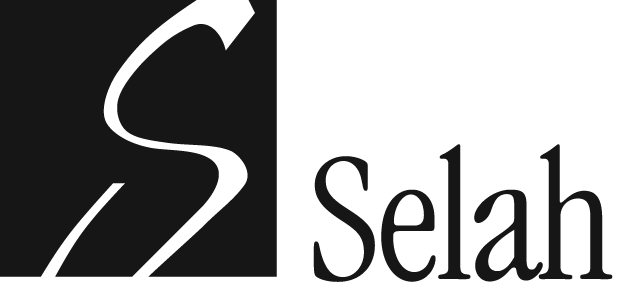|
|
|
Music in Worship is Selah's occasional newsletter for church musicians, with interviews and helpful articles for choir directors, organists, and leaders of congregational song
Playing Hymns
"Hark! The Herald Angels Sing" (Mendelssohn)
Alfred V. Fedak
The playing of hymns is the primary responsibility of a church organist. Whatever else he or she may do, the degree of an organist's success will ultimately be measured by how well he or she leads congregational song. Thus, it is important for an organist to approach the playing of hymns thoughtfully, with careful preparation, and with thorough attention to the details which can make or break a good hymn-player.
Consider the Christmas hymn, "Hark! The Herald Angels Sing." The familiar tune is an adaptation of a melody from Felix Mendelssohn's Festgesang for male chorus and orchestra. This solid, foursquare hymn tune suggests a spirited march tempo, which is entirely in keeping with the sense of the Charles Wesley text. Naturally, performance tempo will always be influenced by local factors (including congregation size, acoustics, etc.), but the idea of a march should prevail. Further, a good tempo will allow the text to be sung comfortably: moving along with purpose and direction, but with adequate room for breathing and for reflection on the meaning of the words. Quarter note= ca. 116 seems a reasonable place to start; try it, then adjust to your own situation.
Mendelssohn is further characterized by a large number of repeated notes in all parts, and an organist setting out to play this hymn must somehow come to terms with this fact. Surely our playing of the hymn must in no way alter or obscure the melody, but must all repeated notes be articulated in the lower voices? If so, how much shall we separate them from each other? Or may we tie some of them instead, for a more legato effect? Again, the answers depend on local circumstances: the clarity of the organ, the size and vigor of the congregation, and the acoustical properties of the room. But it's helpful here to remember that hymns, printed in standard SATB format, are written as choral music, not organ music, and thus often benefit from judicious "arranging" at the keyboard. It is good, therefore, to practice the hymn thoroughly, experimenting with differing degrees of articulation, and letting your ears be your guide. Between verses be consistently metrical, so your congregation knows when to re-enter.
Select a full-sounding registration of principals and mixtures for this hymn; reeds may also be added. Within this framework, vary the registration from stanza to stanza to keep it interesting.
Because Mendelssohn is such a familiar tune, a short introduction to the hymn is often all that is needed. V. Earle Copes's intonation (in Selah 160-722) uses the first and last phrases of the tune, and serves well in this regard. Look also at his fine alternate harmonization on the same page: it makes a splendid setting for the last stanza.
|


